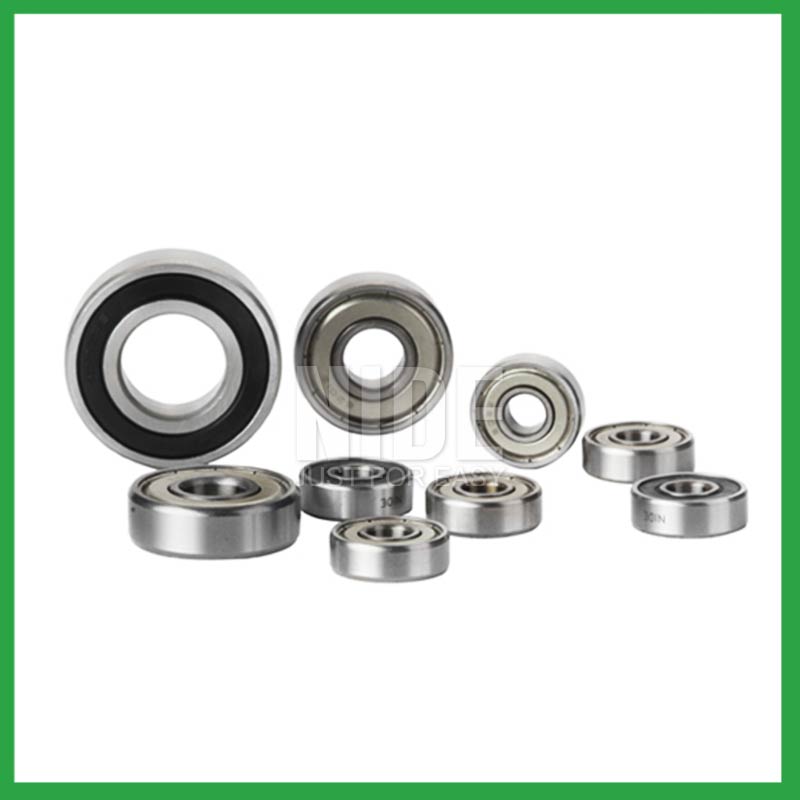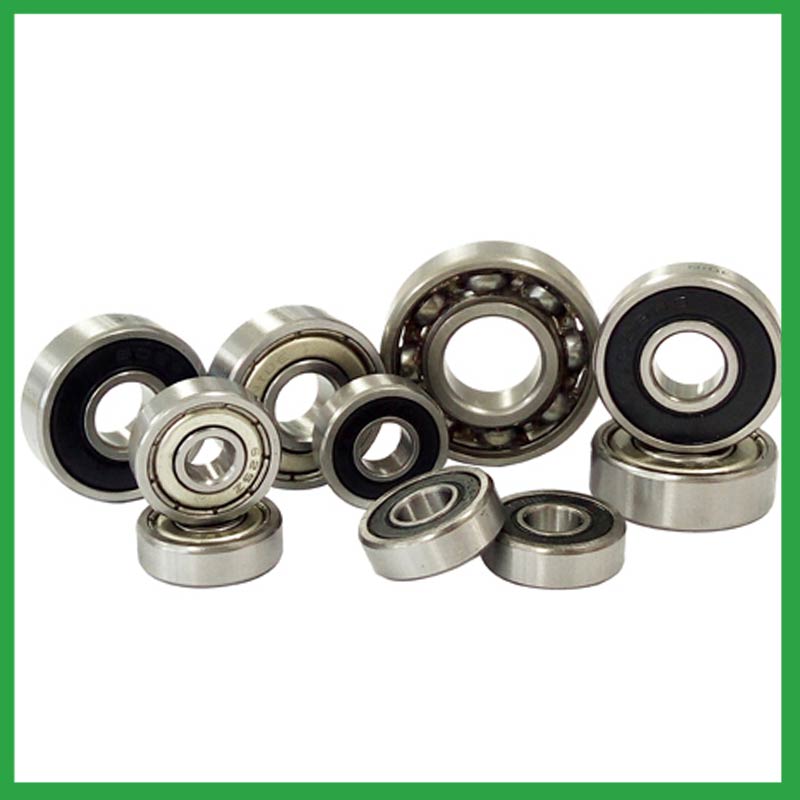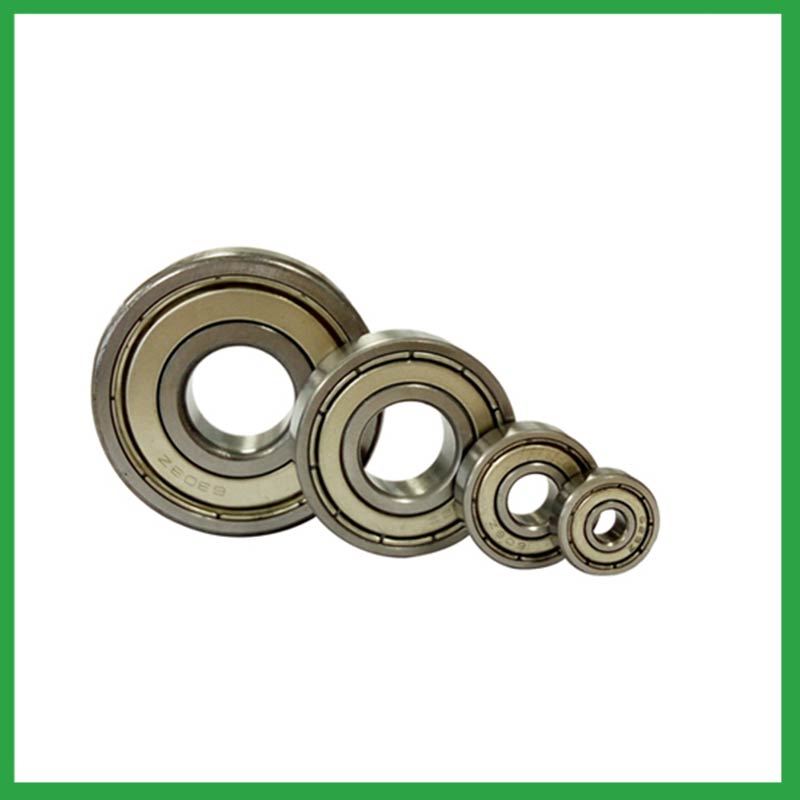2024-09-09
Space technology has always been at the cutting edge of human ingenuity, pushing the boundaries of engineering, materials science, and precision manufacturing. As spacecraft and satellites venture into the harsh and unforgiving environment of space, the need for reliable, high-performance components is paramount. One such critical component in modern space technology is the angular contact ball bearing. These bearings play a vital role in various spacecraft mechanisms, ensuring smooth and precise operation in extreme conditions.
At Nide International, we specialize in the manufacturing of precision bearings, including angular contact ball bearings, that meet the demanding requirements of industries like aerospace and space exploration. In this article, we will explore the significance of angular contact ball bearings in space technology, their unique design, and how they contribute to the success of modern space missions.
Angular contact ball bearings are a type of rolling-element bearing designed to handle both radial and axial loads simultaneously. Unlike standard ball bearings, which are primarily designed to manage radial loads, angular contact ball bearings have an angled raceway that allows them to support combined loads effectively. The angle of contact between the ball and the raceways is critical, as it determines the bearing’s ability to handle axial loads. Angular contact bearings are often used in pairs or sets to manage loads from different directions.
These bearings are engineered to operate under high-speed and high-load conditions while maintaining precision and stability. They are particularly well-suited for applications where alignment and load direction change frequently, making them an ideal choice for use in space technology.

Space missions require components that can operate under extreme environmental conditions, such as wide temperature fluctuations, vacuum conditions, and exposure to radiation. Angular contact ball bearings are used in various spacecraft systems, from propulsion mechanisms to satellite positioning systems, where precision and reliability are essential.
Here are some of the key roles that angular contact ball bearings play in modern space technology:
Satellites, whether for communication, navigation, or scientific research, rely on precision mechanical systems to maintain proper orientation and positioning in space. These systems often involve mechanisms like gyroscopes, reaction wheels, and gimbals, all of which require high-performance bearings to operate efficiently. Angular contact ball bearings are used in these mechanisms to provide the smooth, frictionless movement necessary for precise satellite positioning.
The ability of angular contact bearings to handle both axial and radial loads ensures that the satellite can adjust its orientation smoothly and maintain stability, even when subjected to external forces such as gravitational pull from nearby celestial bodies.
Propulsion systems in spacecraft, such as rocket engines and ion thrusters, involve rotating parts that must withstand high speeds and extreme forces. Angular contact ball bearings are used in these systems to support the rotating components, ensuring they can operate at high speeds without compromising precision or performance.
In these environments, bearings must be capable of withstanding high temperatures and vacuum conditions while maintaining lubrication. Nide International produces bearings with advanced materials and coatings that ensure reliable performance in the harsh conditions of space.
Robotic arms are used on spacecraft and space stations to perform tasks such as satellite repair, cargo handling, and scientific experiments. These arms require precise movement and control, often under heavy loads. Angular contact ball bearings are integrated into the joints of these robotic arms to facilitate smooth movement and handle the combined axial and radial forces encountered during operation.
The durability and precision of these bearings ensure that robotic systems can perform tasks with a high degree of accuracy, even in the challenging conditions of outer space.
Scientific instruments such as telescopes, spectrometers, and radar systems are essential for space exploration and data collection. These instruments often require precise alignment and stabilization to capture accurate measurements. Angular contact ball bearings are used in the moving parts of these instruments to ensure smooth rotation and positioning, allowing for precise control of optical and mechanical components.
For instance, in space telescopes, where minute adjustments are crucial for focusing on distant objects, angular contact bearings enable the smooth and accurate movement of the telescope's components, ensuring clear and precise imagery.

Angular contact ball bearings offer several advantages that make them indispensable in modern space technology:
One of the most significant advantages of angular contact ball bearings is their ability to handle combined loads, both axial and radial, simultaneously. This makes them ideal for space applications where components are subjected to multi-directional forces. In environments like space, where gravitational forces and rapid movements are common, having a bearing that can support these complex loads is crucial for maintaining stability and performance.
Many space systems, such as propulsion mechanisms and gyroscopes, require components that can operate at high speeds without generating excessive friction or wear. Angular contact ball bearings are designed for high-speed applications, providing smooth rotation with minimal resistance. This high-speed capability ensures that spacecraft systems can operate efficiently, even under extreme conditions.
In space, precision is everything. Whether it's maintaining the correct orientation of a satellite or positioning a robotic arm for a delicate operation, the ability to perform tasks with accuracy is critical. Angular contact ball bearings provide the stability and precision necessary for these tasks by offering consistent performance with minimal play or backlash.
Space is an incredibly harsh environment, with extreme temperatures, vacuum conditions, and radiation exposure. Bearings used in space technology must be able to withstand these conditions without degradation. Angular contact ball bearings, especially those produced by Nide International, are made from advanced materials that provide excellent resistance to temperature extremes and wear. This ensures that the bearings maintain their performance over long durations in space, contributing to the overall success of the mission.

At Nide International, we continuously strive to innovate and enhance the performance of our bearings for space technology. This includes using advanced materials such as ceramics, which offer superior wear resistance and reduced friction, as well as specialized coatings that improve lubrication and longevity in vacuum conditions.
Our research and development teams work closely with aerospace and space exploration organizations to develop bearings that meet the stringent requirements of modern space missions. By combining precision engineering with cutting-edge materials science, we ensure that our angular contact ball bearings provide the reliability and performance needed for the most demanding space applications.
Angular contact ball bearings play a critical role in the functionality and success of modern space technology. Their ability to handle high loads, perform at high speeds, and operate with precision makes them indispensable in various spacecraft systems, from satellite positioning to propulsion mechanisms. Nide International is proud to be at the forefront of producing high-quality angular contact ball bearings that meet the challenges of space exploration, ensuring that today's spacecraft are equipped with the best components for their missions.
As space technology continues to advance, the demand for reliable, high-performance components like angular contact ball bearings will only grow. By investing in precision engineering and innovation, Nide International remains committed to supporting the future of space exploration and ensuring the success of modern space missions.